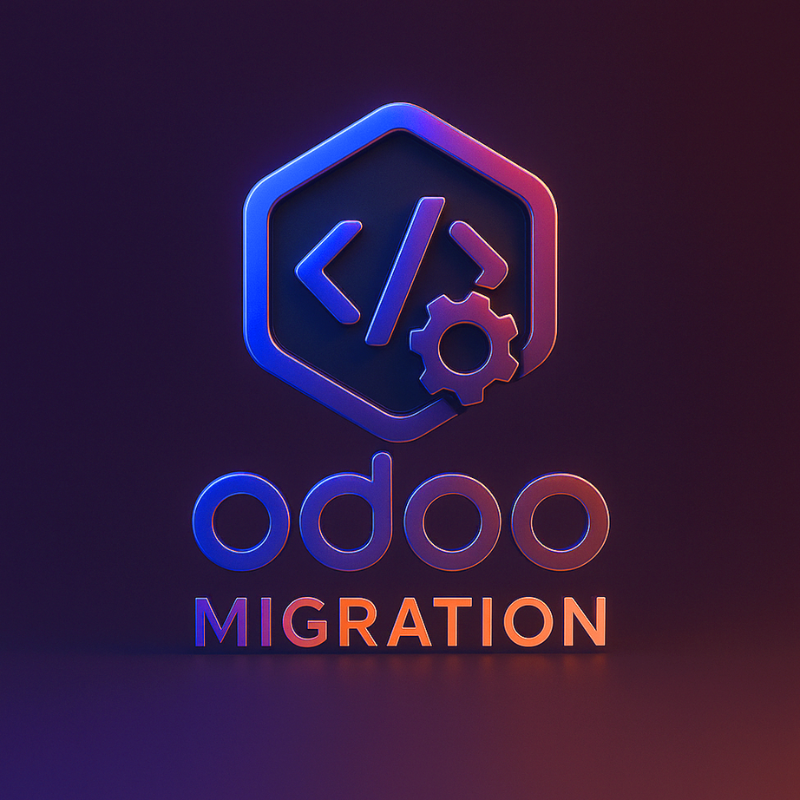ODOO MIGRATION - COST & OPERATIONAL IMPACTS
From a leadership perspective, upgrading Odoo is not merely changing to a new software version. It is a strategic move to optimize Total Cost of Ownership (TCO), reinforce financial safeguards, and proactively shape the technology budget - rather than passively reacting to risks.
TANGIBLE COSTS
In the new landscape set by Odoo, businesses cannot afford to remain outside the cycle of renewal: Even though Odoo continues to provide support for all versions, once a business falls outside the three most recent releases, the system automatically imposes a 25% annual surcharge — merely to “anchor” an outdated platform.
On Odoo.sh, the rules are even stricter: once a release reaches its fifth year, it is removed from the platform. Instances that exceed this limit become inaccessible, meaning the migration timeline is already predetermined.
Therefore, the upgrade cycle is an obligation: whether running on SaaS/Online, Odoo.sh, or On-Premise, businesses can only choose the most favorable timing to optimize costs - but cannot avoid it indefinitely.
INTANGIBLE COSTS
Certain expenses never appear explicitly on the balance sheet yet quietly erode profitability: Delays in regulatory compliance, accounting or tax standards, e-invoicing, or internal controls often force teams to rely on “patchwork” fixes - manual processes, intermediate Excel files, fragmented reports. This leakage rarely shows up as a defined expense line but silently eats away at the P&L every month.
Opportunity cost: At the same time, delays in the system create opportunity costs. Inefficient workflows, inconsistent data, and late strategic decisions all combine into a strategic lag that no leader wants to face.
TECHNICAL DEBT – THE COMPOUND BURDEN
Technical debt is like compound interest: the longer it lingers, the heavier it becomes. Each postponed upgrade forces makeshift fixes to functions, reports, and integrations - pushing the system further away from its core standards. When the inevitable migration comes, the project turns from a standard upgrade into a full-scale overhaul, with skyrocketing costs, risks, and downtime.
At the same time, technical constraints escalate costs exponentially: As customizations increase, upgrades are only feasible once they are aligned with the new version. The longer the delay, the larger the gap - and the heavier the financial burden.
WHY IS THIS CRITICAL?
Small, recurring expenses - surcharges, customization maintenance, integration fixes, downtime - accumulate into a compounding effect, inflating TCO over 12 - 36 months far more than the cost of an early upgrade.
This scenario not only makes budgeting unpredictable but also erodes profit margins and slows growth plans due to opportunity costs and lost time. Keeping an old version is not saving - it is deferring costs with an expensive “interest rate.”
WHAT NEEDS TO BE DONE NOW?
From a governance standpoint, upgrading Odoo should be approached as a proactive cost-control strategy:
First, conduct a transparent comparison between “maintaining the old” and “upgrading.” When upgrading clearly delivers cost advantages and safeguards financial stability, make a decisive choice.
Next, establish an upgrade rhythm of 24 - 36 months as a fixed budget item, avoiding the 25% surcharge or the five-year Odoo.sh cutoff.
Finally, implement with the principle of leveraging maximum standard functionality to ensure long-term stability and sustainability.
CONCLUSION
A well-timed decision not only resolves a technology challenge but also transforms it into a financial lever. TCO becomes tightly controlled year over year, risks are intentionally minimized, and the organization is empowered to make faster, more accurate decisions every single day.
